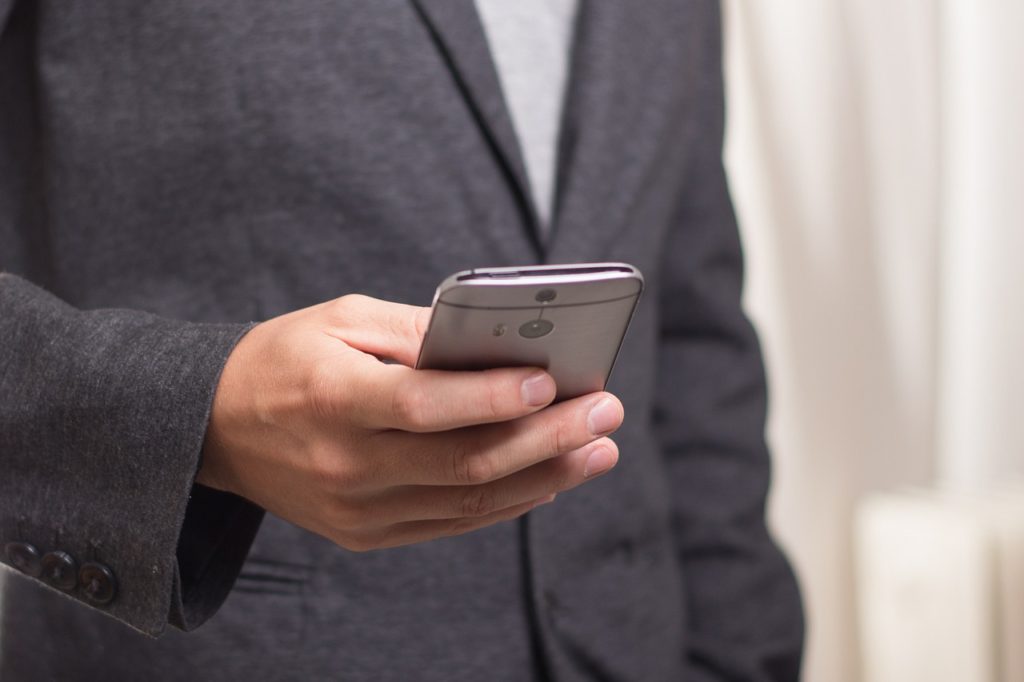Experts agree that the most important thing you can do to boost your iPhone security and keep your personal data safe from prying eyes is to use a passcode. A good passcode is a simple and effective way of preventing thieves or casual snoopers from accessing your iPhone’s system, and security is further ensured by a built-in measure that automatically disables your device if someone enters the wrong passcode six times.
However, there is always the risk that this security measure could backfire if you forget your own passcode or enter it incorrectly too many times. If your iPhone has been disabled after too many failed passcode entries, here’s what you need to do:
Erase your iPhone
Unfortunately, the only real way to solve the problem of a disabled iPhone is to erase all the data on the device and restore it from a backup version. Completely wiping your iPhone also erases the old, forgotten passcode, and allows you to set up the phone again from scratch (including choosing a new passcode). This might seem like a drastic step, but remember that this security measure was designed as protection against theft: if your iPhone was stolen, of course you’d want it to be difficult or impossible for the thieves to bypass your passcode and obtain all of your data.
Ideally, you’ve been backing up your phone regularly as a matter of routine; if this is the case, erasing your iPhone’s data and restoring the device shouldn’t have a big impact. However, if you haven’t been in the habit of making regular backups, you’ll need to be aware that anything you added to your iPhone since the last time you synced the device with iCloud or iTunes will be lost.

To erase your iPhone’s data, delete the passcode, and start over again, you can choose one of three options:
iTunes—Restoring your iPhone from iTunes is the easiest option if you have physical access to your device and have been backing it up regularly to your computer. Simply connect your iPhone to your computer, click the Restore button that appears in the center of the iPhone management screen, and follow the iTunes instructions.
iCloud—As long as you have Find My iPhone enabled on your device, you can erase your data using iCloud. This is the option you’ll want to choose if you don’t have physical access to your iPhone, and/or if you usually sync your device with iCloud rather than iTunes. To use this method, you’ll need to log into your iCloud account on a web browser and choose the Erase option.
Recovery Mode—If you’ve never backed up your device at all, either with iTunes or iCloud, Recovery Mode is your only option. This method deletes all data from your iPhone and lets you restore it to its factory state. This means you’ll lose everything you previously had on your iPhone, but at least you’ll be able to use it again. To put your phone into Recovery Mode, follow the instructions listed here.
After you erase your iPhone
Once you’ve wiped your device, your iPhone will be in the same state it was when you first got it. For your next step, you can do one of the following:
Set up the iPhone from scratch—If you want a fresh start for your iPhone (or you don’t have any backed-up data to restore), you can activate and set up your iPhone as if it were a brand-new device.
Restore from backup—If you have a recent backup of your device on either iCloud or iTunes, you can restore your iPhone to the state it was in last time you synced it. To do this, log into iCloud or iTunes as described earlier, and follow the Restore instructions.
Redownload content—Even if you’ve never backed up your iPhone, all is not lost: Apple allows you to redownload almost anything you’ve ever purchased from iTunes, iBooks, or the App Store. All you have to do is log into one of these platforms on your computer or through iCloud and click on the Purchased link. This will display a list of your previous purchases that you can download again.
How to avoid this problem in future
If you’re worried about forgetting your iPhone passcode, it might be tempting to decide not to use a passcode at all, but this leaves you seriously exposed to security breaches if your device is lost or stolen. Instead, try one of the following options to keep yourself protected in a way that’s easier on your memory:
Use a password manager—Password manager apps have become an increasingly popular way to deal with the countless different passwords that are an essential part of everyday digital life. These apps store all your different passwords in a secure vault that’s accessed by a single master password, so you only have to remember one password instead of dozens.
Use Face ID or Touch ID—Apple’s biometric authentication systems are a great alternative to the traditional iPhone passcode, allowing you to access your device without having to remember anything thanks to fingerprint or facial recognition. Both these systems are standard on the latest iPhone models.

